May 3rd 2023 - Team
How to Clean Cutting Boards
Food safety in the kitchen includes knowing how to properly clean different types of cutting board. Read on and use these instructions to ensure a clean and sanitary cutting board!
How to Clean Different Types of Cutting Boards
Wooden Cutting Board

You should never put a wood cutting board in the dishwasher, and that's the first rule of cleaning one. Splits, cracks, and warping are inevitable due to extreme heat, and constant immersion in water.
- When you're done chopping, discard the leftover food scraps.
- Then, scrub the surface of the board with a soft sponge, hot water from the tap, and a drop or two of mild liquid dish soap. Pay special attention to any indentations made by the knife, as these could become particle traps.
- You should thoroughly rinse the board with clean water and then dry it off with a clean towel.
- The board must be totally dry before being stored, so prop it up on an angle to dry.
Winco WCB-1218
Plastic Cutting Boards

Prepare meals on a plastic cutting board if you need to clean up quickly afterward. Plastic cutting boards, in contrast to wooden ones, may be cleaned in the dishwasher.
A plastic cutting board can be washed by hand in the same manner as a wooden one can be if the dishwasher is full or not available. All you'd need is a sponge, soapy water, and hot water.
Before putting the plastic cutting board back in a drawer or cabinet, make sure it is completely
Winco CBWT-610
Composite Cutting Boards
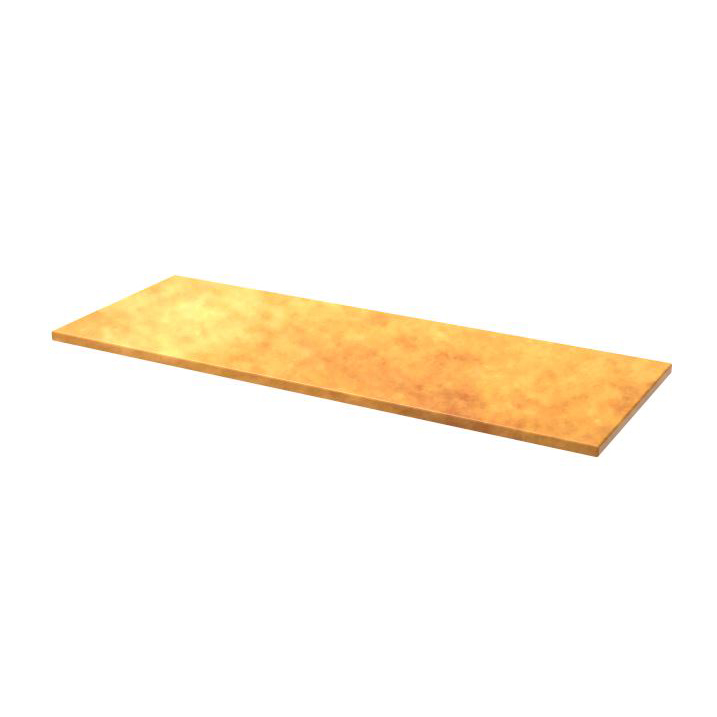
You may throw it in the dishwasher after a quick rinse just like the plastic variety.
The tough resin used to construct composite cutting boards ensures that they will last for a very long time. In most cases, composite boards are heat-resistant up to 250 degrees Fahrenheit.
They are versatile and can even be used for cutting pizza or carving meat!
Although composite cutting boards outperform wooden and plastic counterparts in durability, they still require periodic replacement. If your board has a foul odor while wet, you should replace it because of surface damage.
Hoshizaki HS-5266
Flexible Cutting Boards
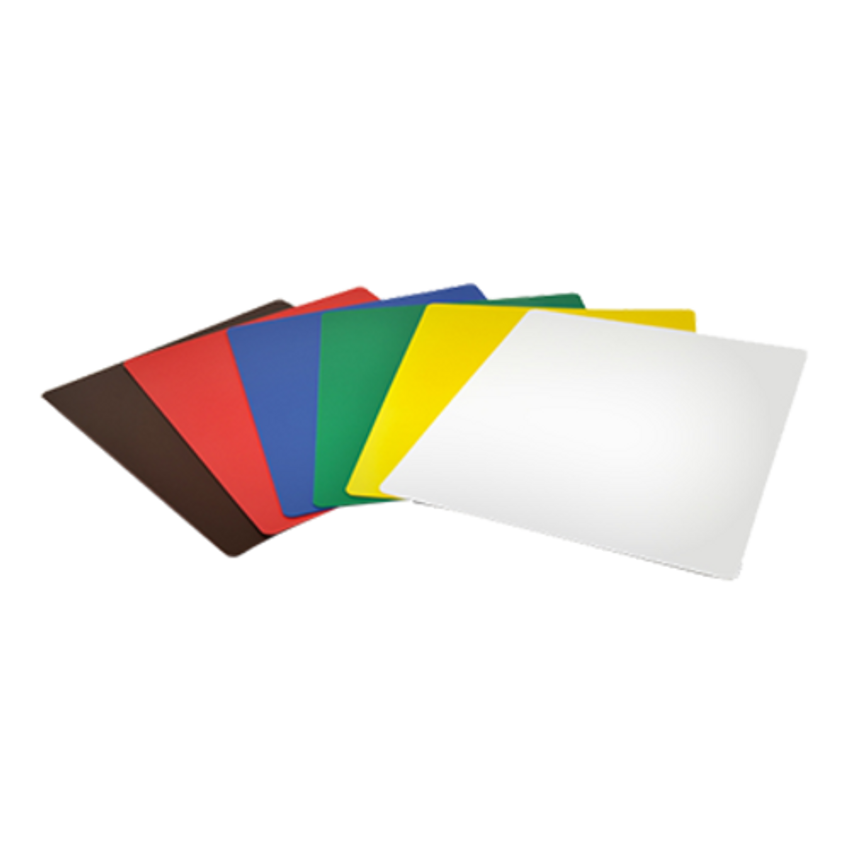
When you're done using the cutting board, give it a quick rinse in some warm water and throw it in the dishwasher. a pliable board for cutting on
The funnel form of a flexible cutting board makes it simple to pour freshly chopped or sliced food directly into a bowl or pan. Plastic resin is commonly used in the production of flexible boards because of its antimicrobial properties.
Omcan USA 41195
Proper Maintenance for Cutting Boards
How to Disinfect Cutting Boards
If your cutting board has come into touch with raw chicken or meat, you may need more than simple soap and water to clean it. Both wooden and plastic cutting boards can be utilized with these techniques.
Cleaning a cutting board with dish soap
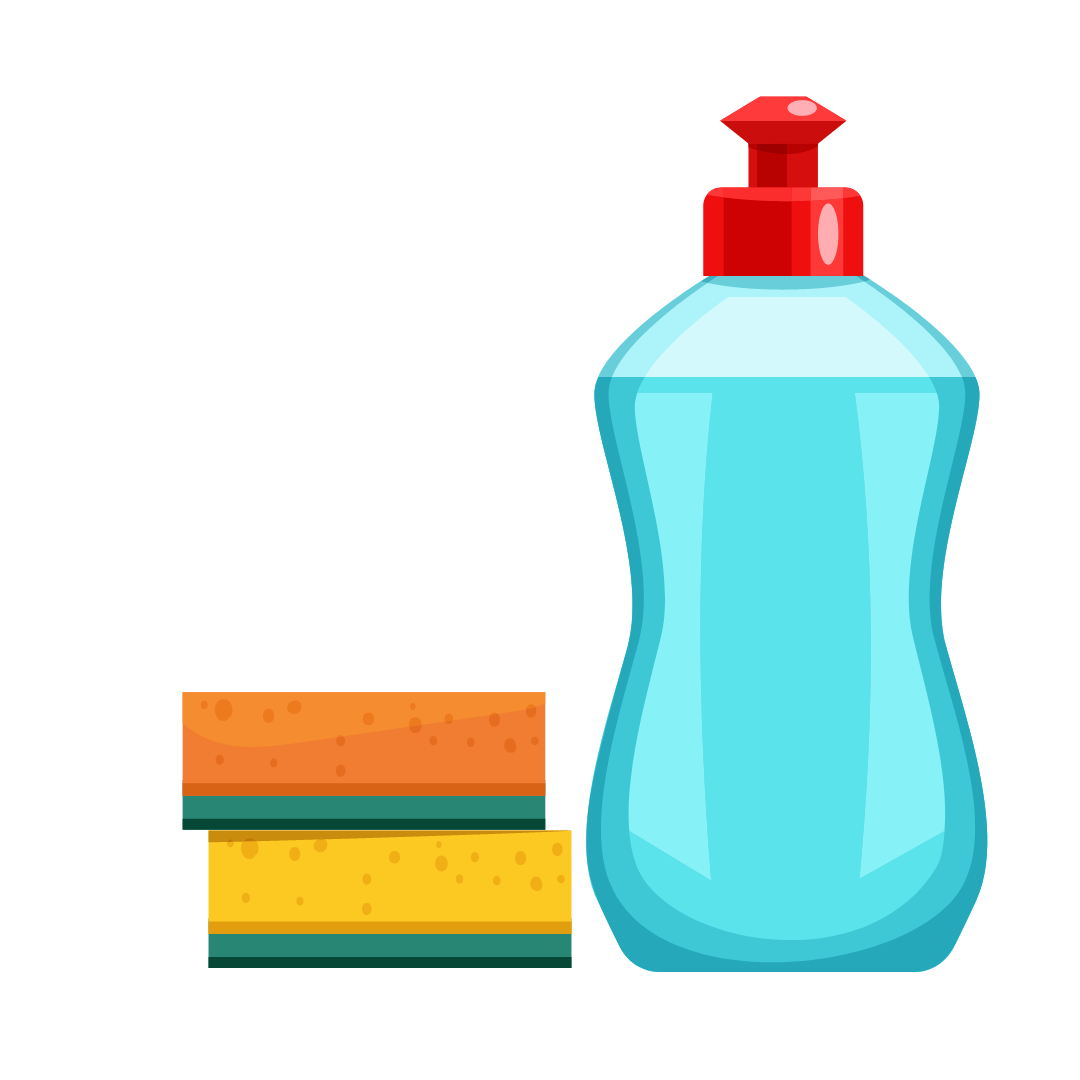
- After washing the board with soap and water, you can disinfect it and remove any lingering odors by spraying it with distilled white vinegar or a solution of two tablespoons of liquid chlorine bleach solution per gallon of water.
- Soak a clean sponge or towel in the vinegar or diluted bleach and use it to scrub the board.
- Clean the board by rinsing and drying it.
Cleaning a cutting board with Hydrogen Peroxide

Another option for disinfecting the whiteboard is to use hydrogen peroxide.
- Put a drop or two of hydrogen peroxide on it. There will be a fizzing noise as the hydrogen peroxide reacts.
- On the cutting surface, let the hydrogen peroxide sit for a while. When the foaming stops, wash the board in water using a fresh sponge.
Wooden cutting boards can be made less hospitable to bacteria by treating them to form a moisture barrier on their surfaces.
How to Remove Stains from Cutting Boards
Preparing food can leave a variety of stains on a cutting board. The risk of stains being left on the board can be reduced by cleaning it immediately after usage.
However, as you learn the ins and outs of cutting board hygiene, you'll acquire experience with a variety of stain-removal techniques. Here's how:
- The surface should be liberally sprinkled with baking soda or coarse salt. Use a nylon brush or sponge wet with hot tap water to scrub the stain.
- Use half a lemon to scrape the abrasive baking soda or kosher salt for enhanced cleaning strength. The lemon juice's acidity will help clean and deodorize the board.
- Rinse the board with water and a clean towel after using the lemon half to scrape it. The board should be dried out before being stored.
How to Properly Caring for Wood Cutting Boards
Maintaining high-quality machinery is essential. Knowing how to maintain a wooden cutting board is as useful as knowing how to clean one.
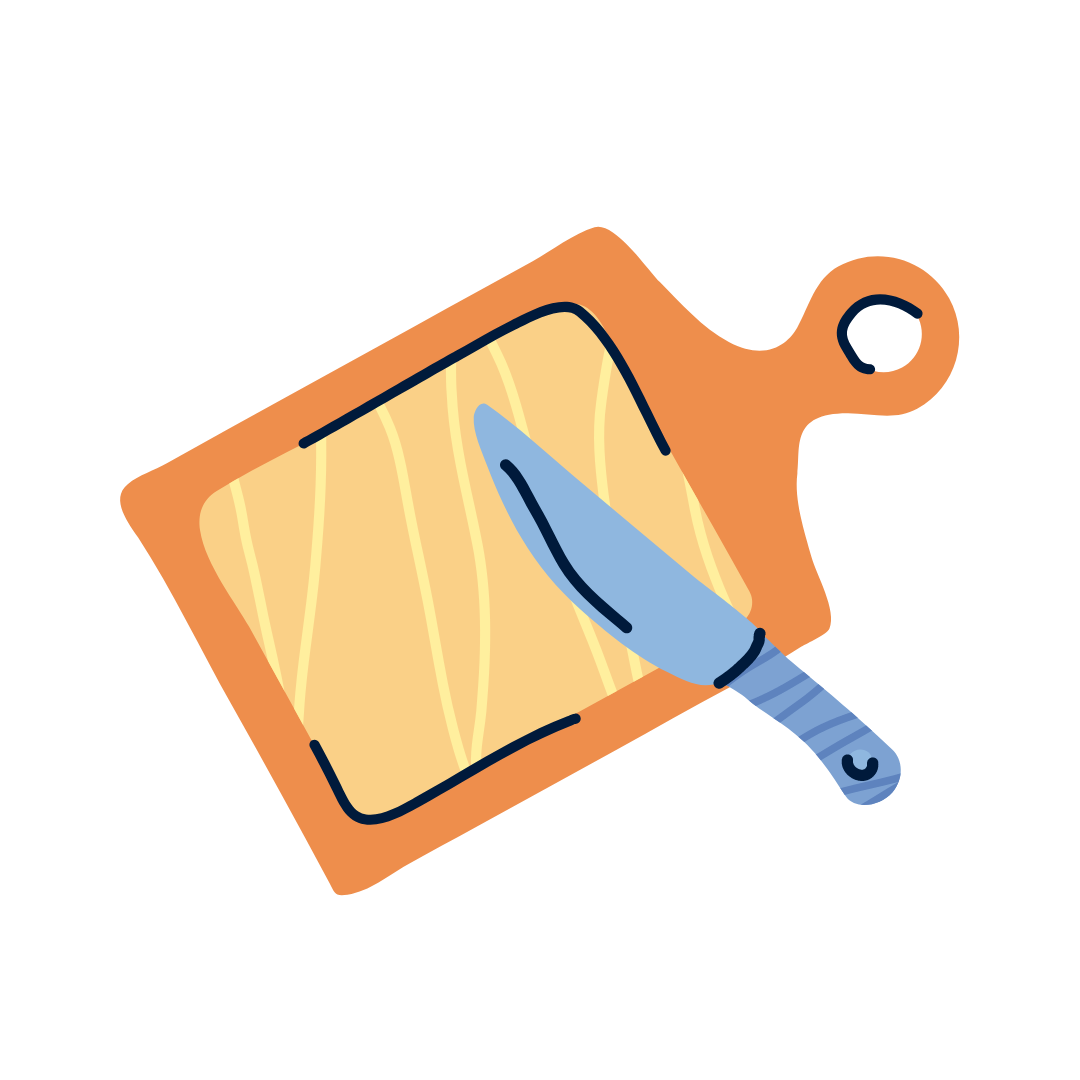
- To keep a wooden cutting board sealed and bacteria-free, condition it once a month using food-grade mineral oil and beeswax. The appearance of the board can also be maintained through frequent and regular conditioning.
- After you've cleaned and dried your cutting board, use a lint-free cloth or paper towel to apply a thin layer of food-grade mineral oil to all surfaces.
- After letting the oil sit on the wood for a full night, you can remove the excess or reapply it to dry areas.
- Applying a little layer of beeswax conditioner to your cutting board can give an extra layer of defense against bacteria.
What are the DO's and Don'ts
The only condition with mineral oil that is suitable for consumption. Olive oil and vegetable oil are two examples of natural oils to avoid since they get rancid very quickly.
Knowing how to properly clean a cutting board is an important step in protecting yourself and your family from foodborne illness. Cleaning wooden surfaces always requires manual labor. Plastic cutting boards are dishwasher safe and very easy to clean by hand. Plastic cutting boards are great for quick cleanups.
Pro Tips You Need to Try
Avoid getting a Dry and Flaky cutting board
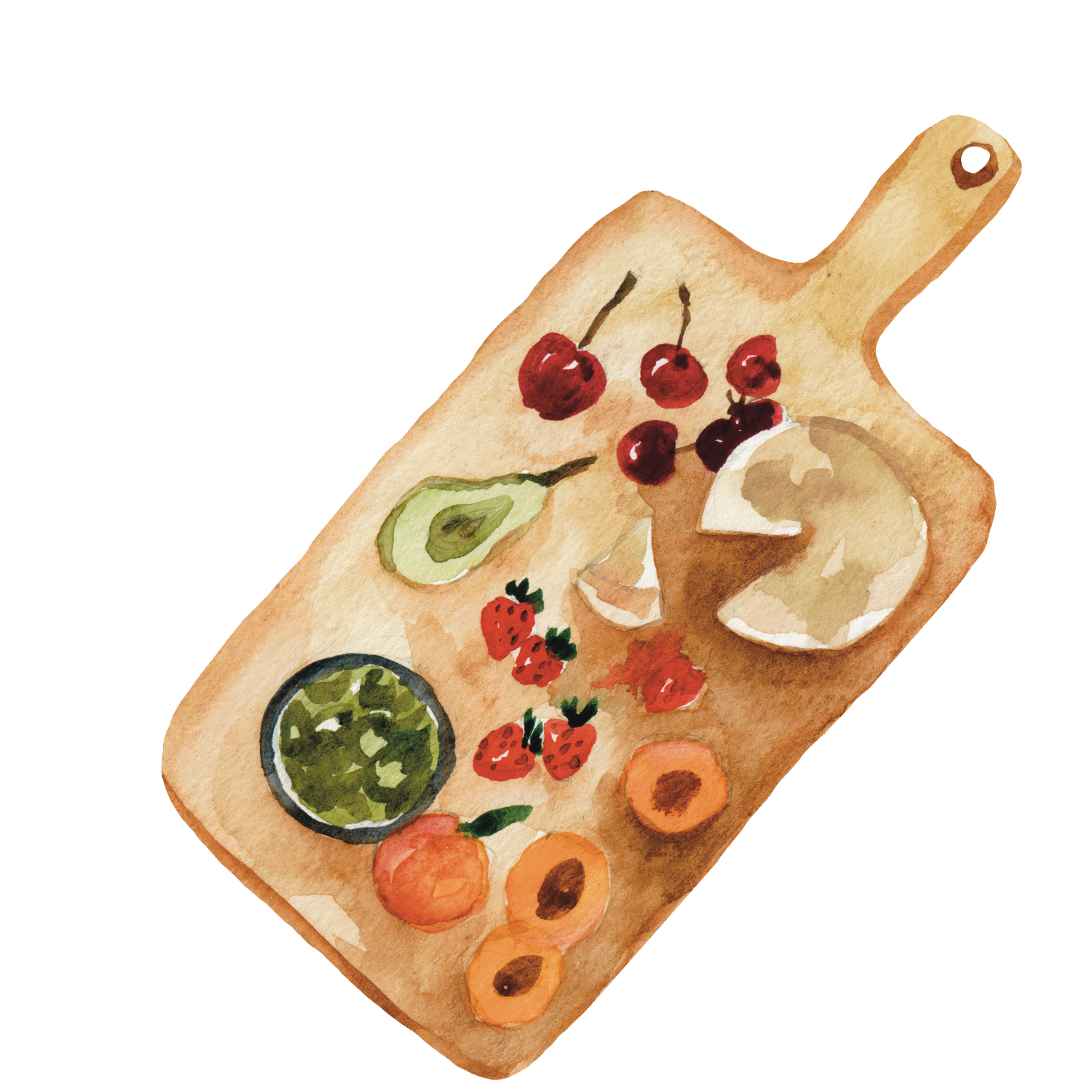
You should never leave your cutting board feeling extremely dry or flaky. That's because if the wood becomes dry and brittle, it gets easily damaged by knives or raw meat pounders.
To stop it from drying out, periodically oil the cutting board once or twice a month. Oiling helps to season and preserve the grains of wood in their natural state, making the cutting board last longer.
That said, you should never use food oil on your cutting board. Food oils like olive, peanut, or vegetable oil go bad really quickly and make the board smell horrible. Opt for mineral oil instead.
Spread some food-grade mineral oil on the board and leave it for a minimum of two hours. Then simply wipe off the oil and hang it to dry.
Don't Soak It in the Sink
Wooden cutting boards shouldn't be soaked in the sink. Why?
The wood itself absorbs moisture. If you let the wood sit in water, it will twist and crack.
Instead of trying to brush stubborn gunk away, consider scraping it off with an abrasive scrub.

